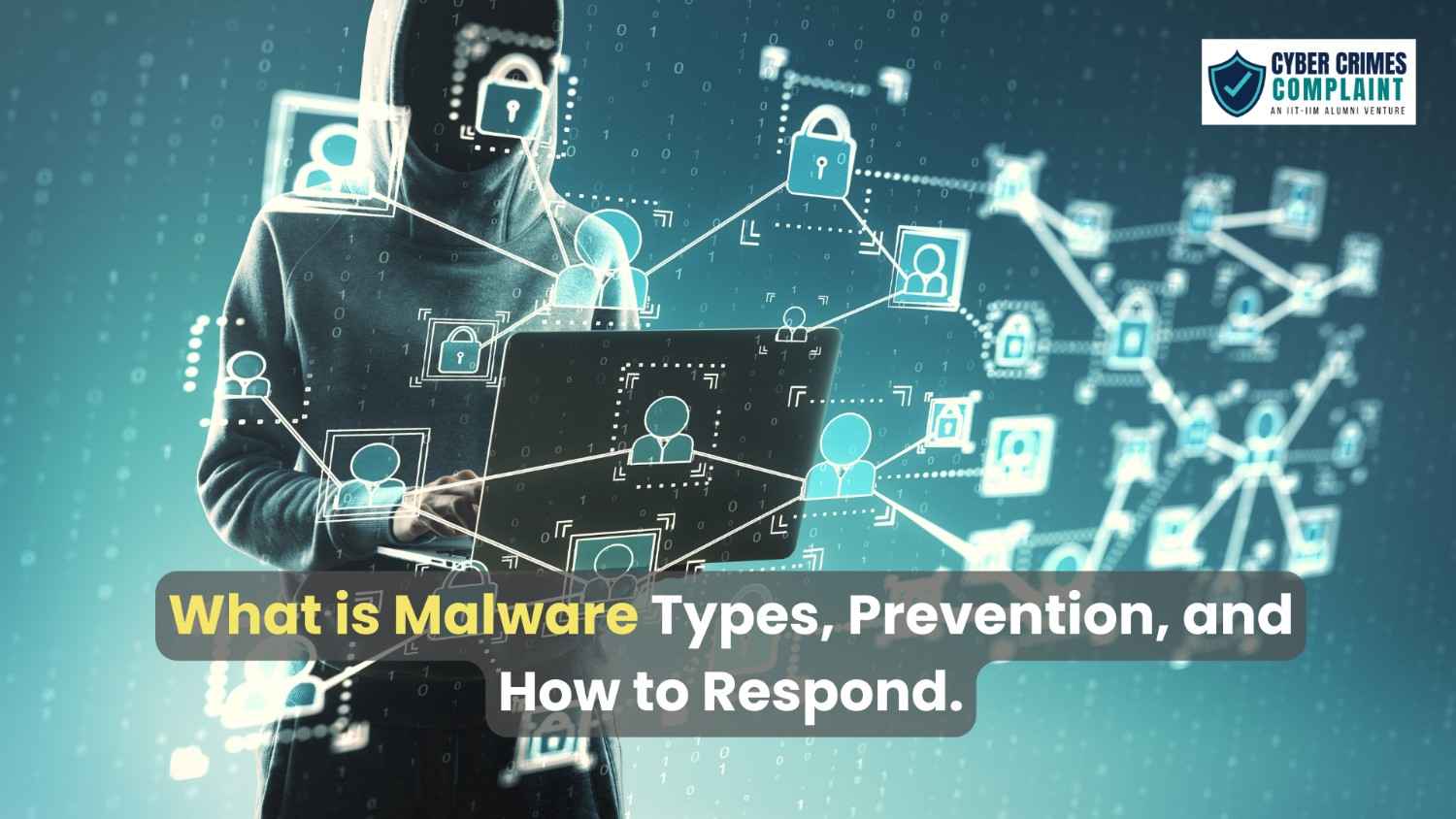· Cybersecurity · 4 min read
Understanding Ransomware: How It Works and How to Defend Against It
Ransomware attacks are on the rise, locking systems and demanding payment for data recovery. Learn how ransomware works, its devastating impact, and the best practices to defend against it. Stay informed and protect your digital assets.
.v6LwWvSx.jpeg)
Imagine waking up to find all your files locked, with a note demanding payment in cryptocurrency to regain access. That’s ransomware—a digital hostage situation wreaking havoc across the globe. In this article, we’ll delve into how ransomware works and, most importantly, how you can protect yourself.
What is Ransomware?
Definition and Overview
Ransomware is a type of malicious software designed to block access to a computer system or its data until a ransom is paid. It targets individuals, businesses, and even critical infrastructure, often causing significant disruptions.
Types of Ransomware
Encrypting Ransomware: Encrypts data, making it inaccessible without a decryption key.
Locker Ransomware: Locks users out of their devices entirely.
Ransomware-as-a-Service (RaaS): Criminals sell or lease ransomware tools to others, lowering the barrier to entry for cybercrime.
How Ransomware Works
The Infection Process
Ransomware often infiltrates systems through:
Phishing Emails: Fraudulent emails trick users into clicking malicious links or downloading infected attachments.
Exploiting Vulnerabilities: Attackers exploit outdated software or unpatched systems to gain access.
How Ransomware Encrypts Data
Once inside, ransomware scans the system for valuable data, encrypting files with strong algorithms. Victims are left with a message demanding payment for the decryption key.
Ransom Demand and Payment
Cybercriminals typically demand payment in cryptocurrencies like Bitcoin to ensure anonymity. Victims face a tough choice: pay up or lose their data forever.
Common Ransomware Attack Vectors
Social Engineering Tactics
Attackers manipulate human psychology to trick users into divulging sensitive information or installing malicious software.
Weak Passwords and Unpatched Systems
Simple passwords and outdated systems provide easy entry points for ransomware.
Malicious Websites and Downloads
Clicking on malicious ads or downloading software from unverified sources can introduce ransomware.
The Impact of Ransomware Attacks
Financial Losses
Ransom payments, downtime, and recovery costs can cripple businesses financially.
Operational Disruption
Critical operations grind to a halt, impacting productivity and service delivery.
Reputational Damage
A ransomware attack can tarnish an organization’s reputation, leading to lost trust and customers.
How to Defend Against Ransomware
Implementing Robust Cybersecurity Practices
Use strong, unique passwords, enable firewalls, and keep systems updated.
Employee Training and Awareness
Educate employees on recognizing phishing attempts and avoiding suspicious links.
Backups and Disaster Recovery Plans
Regularly back up your data and ensure backups are stored offline to prevent them from being encrypted during an attack.
Steps to Take During a Ransomware Attack
Isolate the Infected System
Disconnect the infected device from the network immediately to prevent further spread.
Notify Authorities and IT Professionals
Report the attack to relevant authorities and consult cybersecurity experts for remediation.
Avoid Paying the Ransom
Paying doesn’t guarantee data recovery and may encourage further attacks.
Tools and Technologies for Ransomware Protection
Antivirus and Anti-malware Software
Deploy software that actively scans and blocks malicious programs.
Endpoint Detection and Response (EDR)
Monitor and respond to threats across all endpoints in real-time.
Network Monitoring Tools
Track unusual network activity to detect and mitigate threats early.
Legal and Ethical Considerations
Reporting Ransomware Attacks
Timely reporting is crucial for limiting the attack’s impact and helping others avoid similar fates.
Ethical Implications of Paying the Ransom
Paying could fund more criminal activities, creating a moral dilemma for victims.
The Future of Ransomware
Emerging Trends in Ransomware
Attacks are becoming more targeted, focusing on industries with high-value data.
AI and Machine Learning in Defense
Advanced technologies are enhancing threat detection and automating responses.
Conclusion
Ransomware is a formidable adversary, but it’s not unbeatable. By understanding how it works, staying proactive with security measures, and fostering a culture of cybersecurity awareness, you can significantly reduce your risk. Stay informed, stay prepared, and don’t let ransomware take control.
FAQs
What is the most common form of ransomware?
Encrypting ransomware is the most common type, locking users out of their files until a ransom is paid.Can ransomware attacks target mobile devices?
Yes, mobile ransomware exists and can lock users out of their devices or data.How do I know if I am protected against ransomware?
Regularly updated software, strong passwords, and robust security measures indicate good protection.Is paying the ransom ever a good idea?
It’s generally discouraged, as it doesn’t guarantee data recovery and may encourage further attacks.What industries are most vulnerable to ransomware attacks?
Healthcare, finance, and education are among the most targeted sectors due to their sensitive data.



